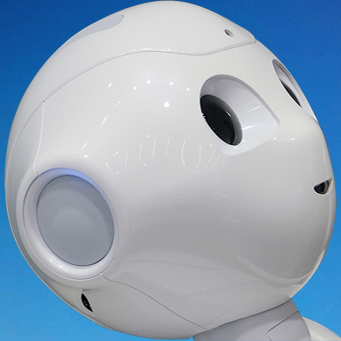
Artificial general intelligence, or AGI, has become a much-abused buzzword in the AI industry. The concept at the heart of the term AGI is that a hallmark of human intelligence is its generality.
What exactly people mean by AGI is rarely specified, and the idea is frequently described in binary terms, where AGI represents a piece of software that has crossed some mythical boundary, and once on the other side, it’s on par with humans.
Crucially, they suggest that rather than approaching AGI as an end goal, we should instead think about different levels of AGI, with today’s leading chatbots representing the first rung on the ladder.
To work out what they should include in their own framework, they studied some of the leading definitions of AGI proposed by others.
By looking at some of the core ideas shared across these definitions, they identified six principles any definition of AGI needs to conform with.
This removes the need for AI to think like a human or be conscious to qualify as AGI. They also suggest that generality alone is not enough for AGI, the models also need to hit certain thresholds of performance in the tasks they perform.
While some believe true AGI will not be possible unless AI is embodied in physical robotic machinery, the DeepMind team say this is not a prerequisite for AGI. The focus, they say, should be on tasks that fall in the cognitive and metacognitive-for instance, learning to learn-realms.
Finally, the researchers say the focus should be on charting progress in the development of AGI rather than fixating on a single endpoint.
Based on these principles, the team proposes a framework they call “Levels of AGI” that outlines a way to categorize algorithms based on their performance and generality.
More controversially, they suggest leading AI chatbots like OpenAI’s ChatGPT and Google’s Bard are examples of emerging AGI. Julian Togelius, an AI researcher at New York University, told MIT Technology Review that separating out performance and generality is a useful way to distinguish previous AI advances from progress towards AGI. And more broadly, the effort helps to bring some precision to the AGI discussion.
“Too many people sling around the term AGI without having thought much about what they mean.”
